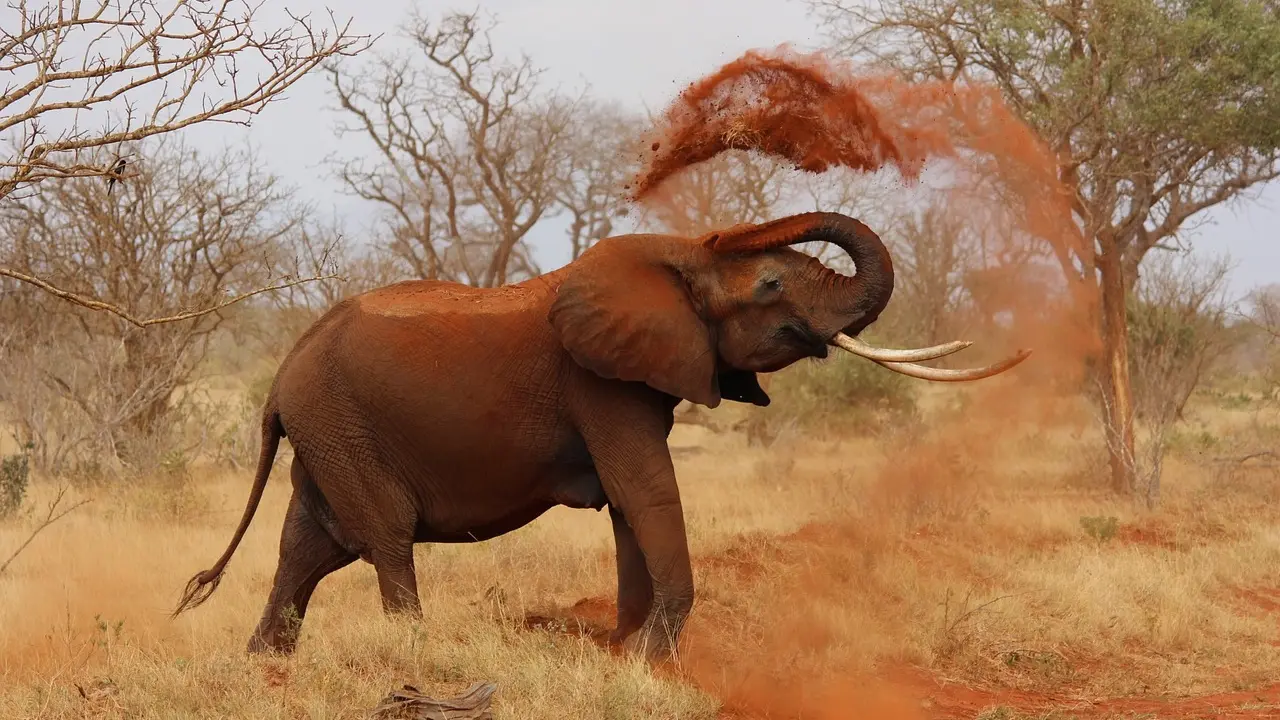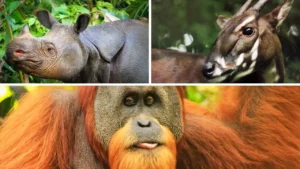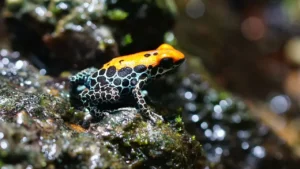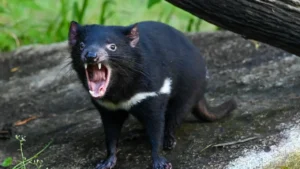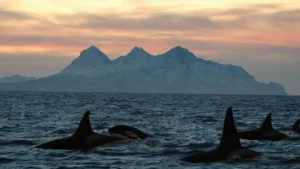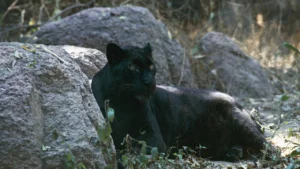Table of Contents
Introduction
In the intricate tapestry of life on Earth, every species plays a crucial role in maintaining the delicate balance of ecosystems. Yet, in recent decades, human activities have accelerated the rate of extinction, threatening the very fabric of biodiversity. In this comprehensive guide, we’ll embark on a journey to explore some of the world’s most endangered animals, shedding light on their struggles, the causes of their decline.
Endangered Animals In The World
Endangerment (Endangered Animals) is a term used to describe the status of a species facing a high risk of extinction in the near future. Factors contributing to endangerment include habitat loss, climate change, pollution, poaching, and invasive species. Understanding these threats is essential for devising effective conservation strategies to safeguard endangered animals.
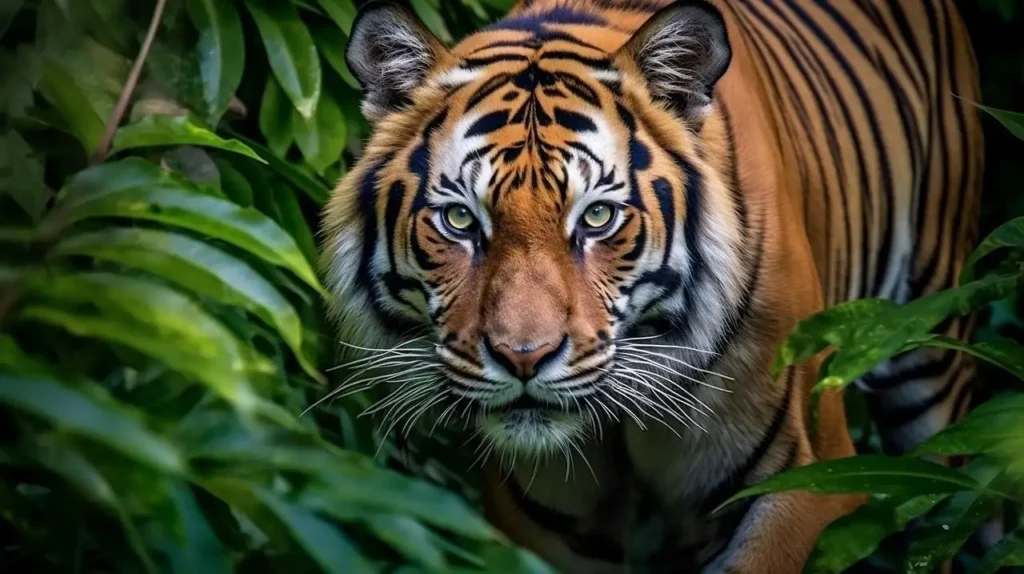
- The Magnificent Bengal Tiger (Panthera tigris tigris):
The Bengal tiger, once revered as the king of the jungle, now teeters on the brink of extinction due to habitat loss, poaching for their pelts and body parts, and human-wildlife conflict. Conservation efforts, such as protected reserves and anti-poaching measures, are critical for the survival of this iconic species. - The Majestic African Elephant (Loxodonta africana):
The African elephant, the largest land mammal on Earth, faces threats from habitat loss, human-wildlife conflict, and poaching for ivory. Efforts to conserve elephant habitats, combat poaching, and promote coexistence between humans and elephants are essential for ensuring their survival. - The Enigmatic Sumatran Orangutan (Pongo abelii):
The Sumatran orangutan, one of our closest relatives in the animal kingdom, is critically endangered due to habitat destruction caused by palm oil plantations, logging, and illegal hunting. Conservation initiatives focused on protecting orangutan habitats and fostering sustainable land use practices are crucial for their long-term survival. - The Graceful Vaquita (Phocoena sinus):
The vaquita, the world’s smallest and most endangered porpoise, faces imminent extinction due to entanglement in illegal fishing nets in the Gulf of California. Urgent action is needed to enforce fishing bans, remove illegal nets, and establish protected areas to save this elusive marine mammal. - The Resilient Amur Leopard (Panthera pardus orientalis):
The Amur leopard, native to the forests of Russia and China, is critically endangered with fewer than 100 individuals remaining in the wild. Habitat loss, poaching, and depletion of prey species threaten its survival. Conservation efforts, including habitat protection and anti-poaching measures, are crucial for preserving this majestic feline. - The Endearing Giant Panda (Ailuropoda melanoleuca):
The giant panda, a global symbol of conservation, is endangered due to habitat loss and fragmentation, as well as low reproductive rates. Conservation efforts, such as reforestation, habitat corridors, and captive breeding programs, have helped stabilize panda populations, but ongoing efforts are needed to ensure their long-term survival. - The Gentle Humpback Whale (Megaptera novaeangliae):
Humpback whales, known for their acrobatic displays and haunting songs, face threats from entanglement in fishing gear, ship strikes, pollution, and habitat degradation. Conservation measures, such as marine protected areas and regulations to reduce vessel speeds, are essential for protecting humpback whale populations and their ocean habitats. - The Playful Red Panda (Ailurus fulgens):
The red panda, a charismatic and elusive species found in the forests of the Himalayas, is endangered due to habitat loss, poaching, and illegal pet trade. Conservation efforts, including protected areas and community-based initiatives, are crucial for safeguarding red panda populations and their mountainous habitats. - The Regal Snow Leopard (Panthera uncia):
The snow leopard, known as the “ghost of the mountains,” is endangered due to poaching, habitat loss, and retaliatory killings by herders protecting their livestock. Conservation efforts, such as community-based conservation projects and anti-poaching patrols, are essential for protecting snow leopard populations and promoting coexistence with local communities. - The Endangered Black Rhino (Diceros bicornis):
The black rhinoceros, once widespread across Africa, is now critically endangered due to poaching for its prized horn, habitat loss, and human-wildlife conflict. Conservation initiatives, such as anti-poaching patrols, community-based conservation programs, and habitat restoration efforts, are crucial for saving this iconic species from extinction. - The Vulnerable Leatherback Sea Turtle (Dermochelys coriacea):
The leatherback sea turtle, the largest of all sea turtle species, faces threats from bycatch in fishing gear, habitat loss, pollution, and climate change. Conservation measures, including the establishment of marine protected areas, nesting beach conservation, and efforts to reduce plastic pollution, are essential for protecting leatherback populations and their ocean habitats. - The Endangered Cross River Gorilla (Gorilla gorilla diehli):
On of the Endangered Animals is The Cross River gorilla, one of the rarest and most endangered great ape species, is threatened by habitat loss, poaching, and human encroachment. Conservation efforts, such as habitat protection, community-based conservation initiatives, and ecotourism projects, are critical for safeguarding the remaining populations of this elusive primate. - The Critically Endangered Javan Rhino (Rhinoceros sondaicus):
The Javan rhinoceros, one of the rarest large mammals on Earth, is critically endangered due to habitat loss, poaching, and the spread of invasive species. Conservation efforts, such as habitat restoration, anti-poaching patrols, and captive breeding programs, are essential for preventing the extinction of this iconic species. - The Endangered Philippine Eagle (Pithecophaga jefferyi):
The Philippine eagle, also known as the monkey-eating eagle, is critically endangered due to habitat loss, hunting, and the illegal pet trade. Conservation efforts, including habitat protection, community-based conservation projects, and captive breeding programs, are crucial for saving this majestic bird of prey from extinction. - The Endangered Irrawaddy Dolphin (Orcaella brevirostris):
The Irrawaddy dolphin, found in rivers and estuaries across Southeast Asia, is endangered due to habitat loss, pollution, and entanglement in fishing gear. Conservation measures, such as the establishment of protected areas, regulation of fishing practices, and community-based conservation initiatives, are essential for protecting Irrawaddy dolphin populations and their freshwater habitats. - The Critically Endangered Mountain Gorilla (Gorilla beringei beringei):
The mountain gorilla, found in the forests of Central Africa, is critically endangered due to habitat loss, poaching, and human-wildlife conflict. Conservation efforts, such as habitat protection, anti-poaching patrols, and community-based conservation programs, have helped stabilize mountain gorilla populations, but ongoing efforts are needed to ensure their long-term survival. - The Endangered Hawksbill Sea Turtle (Eretmochelys imbricata):
The hawksbill sea turtle, known for its beautiful shell, is endangered due to habitat loss, bycatch in fishing gear, pollution, and the illegal trade in tortoiseshell products. Conservation measures, including the protection of nesting beaches, regulation of fishing practices, and public awareness campaigns, are crucial for saving hawksbill populations and their ocean habitats. - The Endangered Yangtze Finless Porpoise (Neophocaena asiaeorientalis ssp. asiaeorientalis):
The Yangtze finless porpoise, found in the Yangtze River in China, is critically endangered due to habitat loss, pollution, and overfishing. Conservation efforts, such as habitat restoration, pollution control measures, and conservation breeding programs, are essential for protecting Yangtze finless porpoise populations and their freshwater habitats. - The Vulnerable African Penguin (Spheniscus demersus):
The African penguin, also known as the jackass penguin, is vulnerable to extinction due to habitat loss, overfishing, pollution, and climate change. Conservation measures, including the establishment of marine protected areas, regulation of fishing activities, and efforts to reduce oil pollution, are crucial for protecting African penguin populations and their coastal habitats.
Conclusion
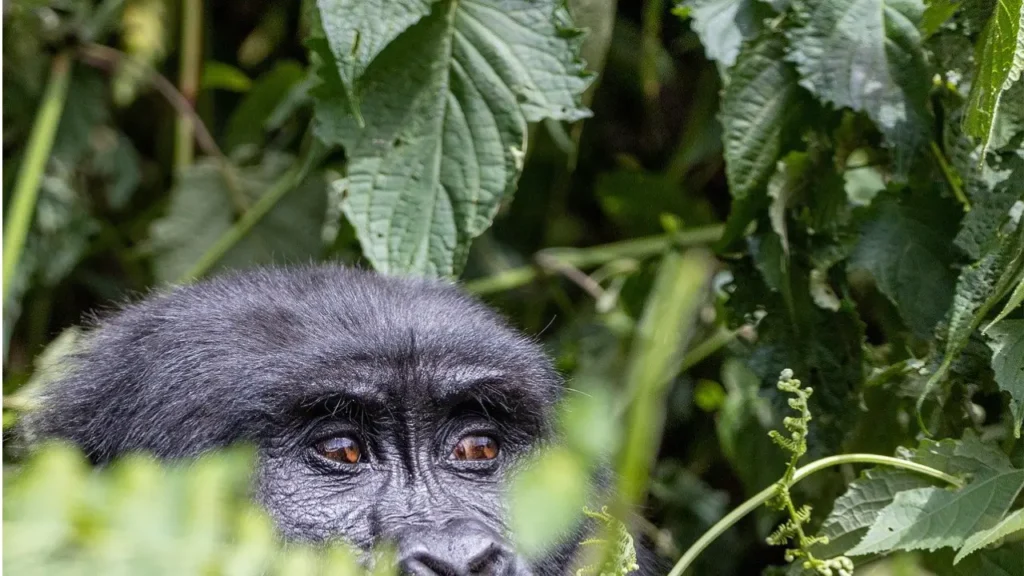
The plight of endangered animals serves as a stark reminder of the urgent need for conservation action to protect Earth’s precious biodiversity. Each species facing extinction represents a unique and irreplaceable part of our planet’s natural heritage. By supporting conservation efforts, raising awareness, and advocating for the protection of endangered species, we can work together to ensure a brighter future for all living beings. Let us not stand idly by as these guardians of Earth’s fragile beauty slip away, but rather take action to preserve and protect them for generations to come.

